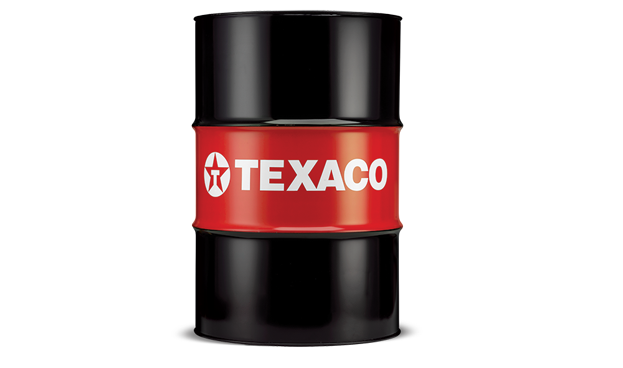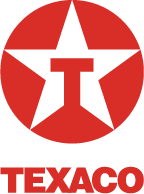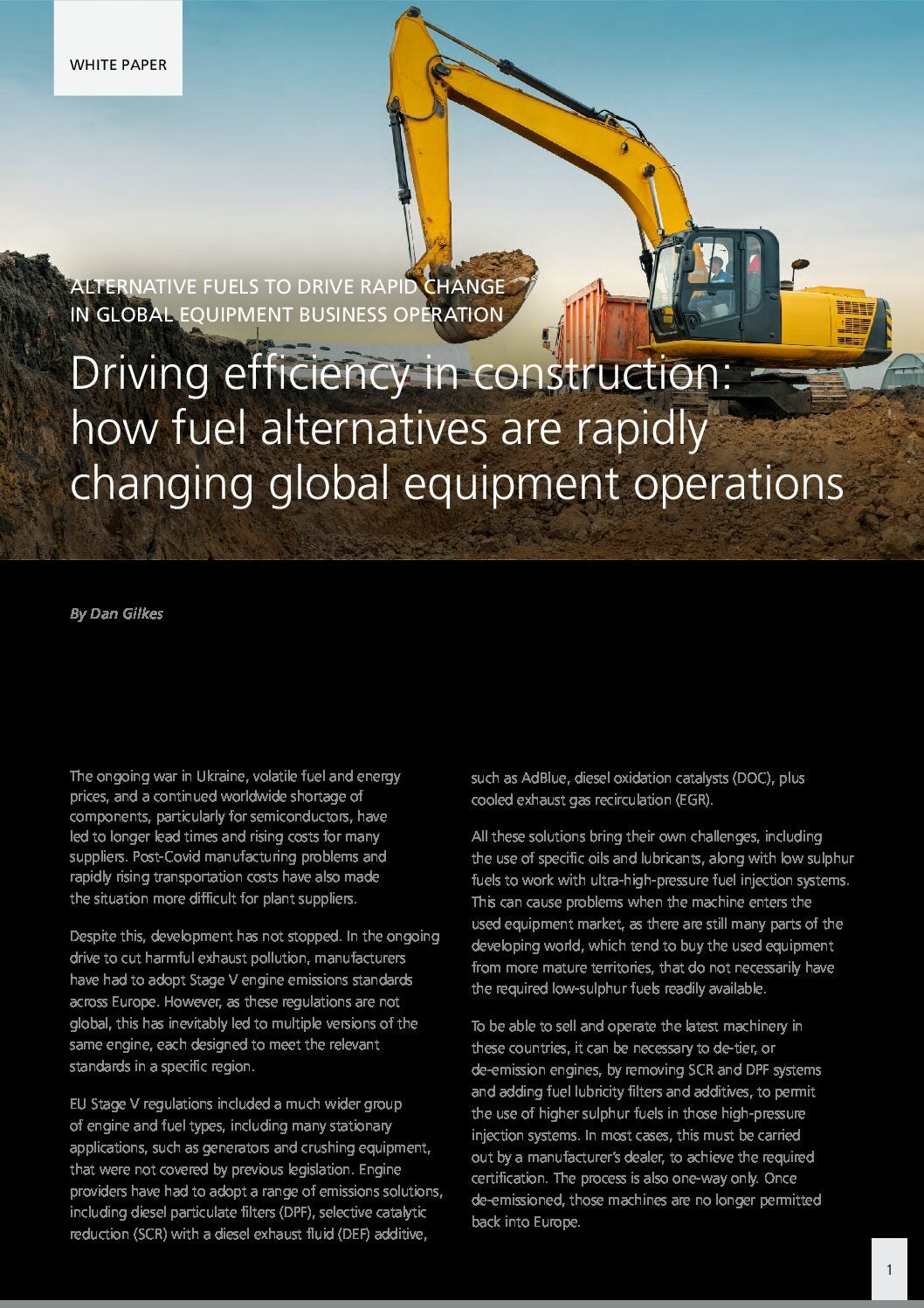
The next few years look to be critical for the world of power generation, with increasingly stringent sustainability legislation pushing the sector to innovate like never before. Looking to support this is Texaco, whose HDAX products help to ensure the smooth, clean running of power engines. Here, Texaco’s expert team answers some key questions about the future of the industry and how lubricants can help.
Q. What are the key focus areas for the power generation sector currently?
One of the biggest challenges is responding to the needs of modern energy production. Tighter emission regulations for new installations as well as existing installations need to be adjusted by 2025, which in combination with local government subsidies will result in challenges for power generation applications.
Another area of focus is how the industry can meet the increased need for electrical energy consumption, and the increase in LNG used in flex mode across Europe. Renewable energy sources such as solar and wind energy are certainly increasing, but these sources also pose challenges over their reliability to be available on demand.
Q. What do you see as the key challenges for lubricant suppliers over the next 10 years?
Continuous review and strengthening of the emission regulations will result in a further change in the energy production grid in Europe. Currently, the combined heat and power segment is seeing an increase in ‘flex-mode’ (known as peak shaving in the UK) operations which influence operating hours and engine load. We continually work on solutions to help achieve improved oil life as well as engine efficiencies which can lead to potential fuel savings.
However, the use of technology can help meet these challenges, with new energy storage systems helping to lower emissions and leading to lower operational costs and increased engine availability. New gas engine technology can help to provide a cost-effective solution to contribute to greater grid stability.
Q. What do Texaco HDAX products offer in respect of maintenance and drain intervals?
Lubricants are considered one of the ‘construction elements’ of an engine. Key drivers for Texaco HDAX products in gas engines include protecting the engine from excessive wear and extending engine life, thereby helping to minimise maintenance tasks and reduce total engine overhaul cost.
Texaco HDAX 9300 is designed for High BMEP engines, to provide longer oil drain intervals in-line with engine service intervals, reducing maintenance costs and allowing for longer uptime to assist profitability.
Texaco HDAX 9500 has been formulated to help provide deposit, wear, base retention, oxidation and nitration control in high-output 4-cycle natural gas engines operating on landfill or digester gas. As demonstrated in the field, this premium package can extend oil drain intervals while minimising the negative effects of ash deposits on sensitive engine components.
Reduced ash deposits help to maintain the power output of high BMEP engines, in particular those equipped with knock sensors. Texaco HDAX 9500 provides additional protection against the corrosive effects of acids commonly found in landfill and digester gas, while extending oil drain intervals through enhanced base retention characteristics.
Q. What beneficial services do Texaco Lubricants provide to customers in addition to their HDAX range of products?
The Texaco sales and technical experts can provide value to customers. Texaco team members are trained to perform detailed ‘Best in Class’ assessments, which use a range of testing criteria over and above a site survey. This helps to identify potential areas for improvement and respond to any issues with adapted recommendations. The assessments guide product selection and aim to deliver a better understanding of product integrity, taking into account areas such as drain intervals and equipment inventory to provide a robust maintenance plan.
This knowledge and support, combined with the data available via the Texaco Lubewatch Oil Analysis programme, helps customers to extract maximum value from their equipment.
Q. What can customers do to keep their equipment at optimum performance levels?
We recommend customers use our Texaco Lubewatch oil analysis programme to help ensure optimum performance. Texaco Lubewatch oil analysis helps customers to track the performance of the equipment that is the lifeblood of their business. Through regular oil analysis, equipment life and oil drain intervals can be optimised, lubricant needs can be identified, and the changing environment within the equipment can be monitored. This knowledge helps the precise scheduling of maintenance work that can reduce downtime or even eliminate the risk of catastrophic equipment failure.



